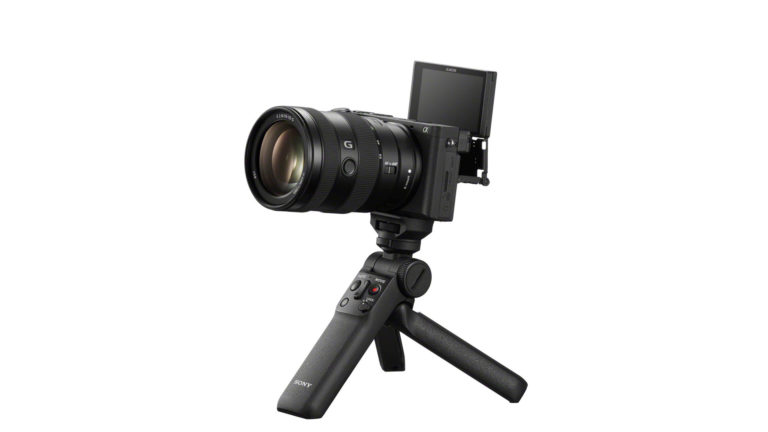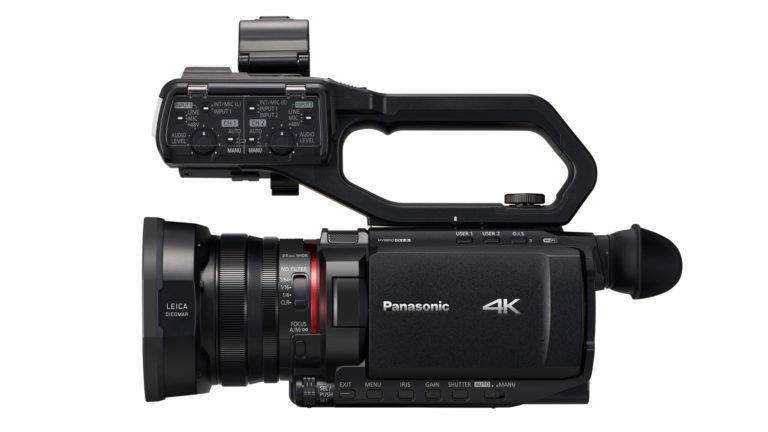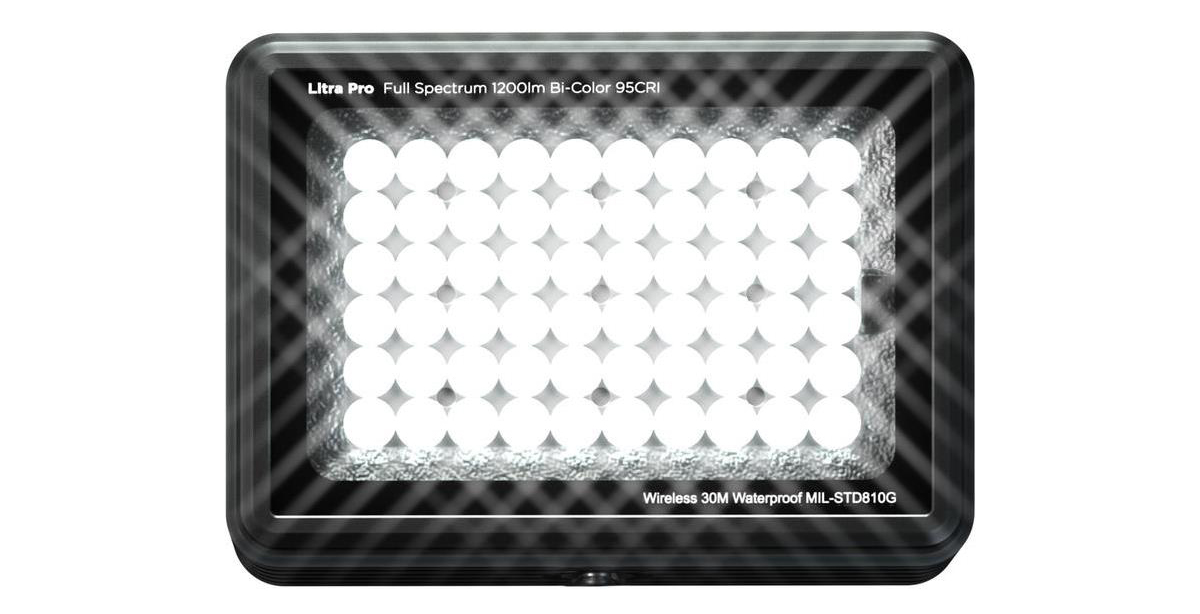How His First Film Was Like Sex, Making His Latest Tall Tale, and Why He Stuck a Real Car in a Tree
Filmography
Tim Burton has always liked to tell a tall tale. Over the course of his career, the director has established himself as one of the most imaginative and inventive storytellers in the business. His new film, aptly titled Big Fish, mixes elements of horror, fantasy and romance. Here, Burton talks about his career, making Big Fish and working once again with Oscar-winning DP Philippe Rousselot.
We also talked to Rousselot and visual effects supervisor Kevin Mack (A Beautiful Mind, Vanilla Sky, Fight Club), who collaborated closely with Burton.
- Big Fish (2003)
- Planet of the Apes (2001)
- Sleepy Hollow (1999)
- Mars Attacks! (1996)
- Ed Wood (1994)
- The Nightmare Before Christmas (1993) (producer)
- Batman Returns (1992)
- Edward Scissorhands (1990)
- Batman (1989)
- Beetlejuice (1988)
- Pee-wee’s Big Adventure (1985)
Q: Big Fish is full of the bravura visual flourishes that have always characterized your films. How important are those in the filmmaking process?
A: Very, because movies are about creating magic to me. As a child, movies were pure magic to me and I’ve always tried to retain a sense of that. That’s why I like to build so many sets. But I also tried to do as much of this live as possible, because of the nature of the stories. It just felt like it needed a more handmade, funky quality. That’s why I cast a real-life giant, the 8-foot-tall Matthew McGrory, as Karl the Giant. Then we used lots of forced perspective and a child double for some of the scenes with Ewan to exaggerate the illusion even more. As for the fish, we used a big rubber one so that Ewan had something to wrestle with in the water, and then we added some effects later.
Q: What were the biggest technical challenges of making Big Fish?
We only had a $60 million budget and a very fast schedule of 60 days with a ton of locations and a huge cast. It was all shot out of order and like a puzzle to piece together. Sometimes we’d move three, four locations a day. I don’t think we stayed in one for more than two days.
DP Philippe Rousselot
Q: This is your second film with Tim. What visual style did you aim for on Big Fish?
A: There isn’t one single look. When Tim and I began discussing the approach, we talked about format and whether we should shoot it anamorphic or spherical, and Tim mentioned the style of old‘50s color photos where the colors are all desaturated. Then we decided to go spherical 1.85 because of the format of the old postcards. The film also has two distinct parts; the contemporary story where Albert Finney is recalling his childhood, and all the flashbacks to the tall stories.
Q: Did you use different stocks?
A:No, I shot the whole film using the new Kodak 5218 Vision 2 stock. It’s fast film – 500 ASA – and I wanted to use a fast stock for the whole film so I could get a little more contrast for the day shoots as well as the night scenes. I was originally going to use another stock, 5279, but then Kodak came out with the 5218 and I did a test and I loved it so much that I went with it instead. It’s a big improvement over the old 5279 500 stock. Then I shot with Panavision and used Primo lenses, often with 5:1 and 10:1 long zooms.
Q: There are some great scenes with Karl the Giant, the Lady of the Lake and the Big Fish itself. How did you shoot those?
A: For a start, the actor who played the Giant, Matthew McGrory, is in the Guinness Book of World Records. He’s huge, and obviously we used a lot of forced perspective and very inventive camera positions to make him appear even bigger. When you see him full frame, some of the shots were treated with visual effects, and it’s a mix of green screen and real plates and lots of compositing. But nearly all the other shots were done with camera tricks. We used oversized and undersized props, and we also used a child as a double for Ewan when we shot from behind, along with forced perspective. We also used a Fraser mount so that when we did a camera move at the side of Karl, it would look more like a big crane shot rather than a pan. That was really effective. It’s a lens at the end of a rotating tube, and it basically lets you shoot along an arc and not so close to the axis of the camera. And for the scene where he overturns a car, we used a miniature. We then placed it in the street among other real cars, and there was maybe just one camera position and lens angle that was believable and that read like reality. As for the big fish itself, it was a mix of CGI, a rubber fish and a mechanical fish that Stan Winston’s studio created and which we shot in a river in Alabama. Another very interesting sequence was the one where the Lady of the Lake appears to Ewan McGregor. We shot it day-for-night and used some very specific filters, as it was later treated and enhanced on the digital intermediate done at EFilm. Tim and I went there and treated all the fantasy sequences in slightly different ways in terms of color timing, color saturation, creating irises and adding silver. Our aim was to create looks that were heightened reality but that weren’t too far removed, and I think we got it just right in the end.
Q: What did Philippe Rousselot bring to it?
A: First, he’s a great DP with a great eye, and second, he lights and shoots fast. When you’re dealing with very technical films like this one you can be hours between shots, so I needed someone fast to keep the energy up. And in terms of the visual look, it’s structured more like stream-of-consciousness. So we’d brighten up the palette on the story sequences, but not so much that they stood out. I wanted it all to flow together.
Q: How did you create the very funny birth sequence at the start of the film?
A: That was originally a far more elaborate sequence, but on the day we had to change and simplify it all because of time and budget. So I thought it’d be funnier if Bloom’s birth is another tall story, with the baby popping out and then shooting across the floor and down the hospital corridor. We didn’t even rehearse it. We just tied a little fishing line to the baby and then yanked it out and across the floor. So it was simple and real, no CGI, and that to me is the joy of filmmaking. That’s why I rely far less on storyboards than I used to. I’ve become much looser now.
Q: What about the scene where Bloom proposes in a huge field of daffodils?
There’s a perfect example of my approach to effects. Everyone assumes it’s CGI with some real flowers around Ewan. But the whole field is real flowers. We planted 10,000 over a weekend, and I think you can tell the difference. It’s real and beautiful.
Q: Let’s talk about some of your other films. How do you look back on Pee Wee’s Big Adventure?
A:I’m still amazed they gave me the job, and I got lucky right away as I was able to do something different from the standard fare. It was a bit like Big Fish in that it was a different film every day with all the sets and looks. And when you’re new to it, you don’t know what to be freaked out about, so you’re more open to ideas. It was kind of surreal, like your first sexual experience, and odd and funny.
Q: Then you did Beetlejuice.
I was reading a lot of scripts and I turned down so many. They just didn’t appeal to me; then I read this and it just clicked, even though it had no real story or point of view. It seemed to be the opposite of every other script, which intrigued me. And like Pee Wee, it had great improv actors like Michael Keaton, and we almost made it up as we went, which I loved.
Your next film, Batman, must have been the opposite extreme?
It was. I related to the character, and if there was ever a comic I wanted to film, that was it. It was the first time we got to do the dark superhero, where now it’s so clichà© It was a very hard shoot- we did six-day weeks, in Britain, and I vowed, never again! It was this huge machine with huge sets and effects and very grueling in the end. So I was happy to then do Edward Scissorhands as it was the most personal film for me. I’ll never forget shooting in Florida. It’s funny how you end up going to places where life imitates art. That neighborhood was just how I’d imagined it, and it’s a little freaky to then find yourself living in it while you’re creating this world.
After another huge Batman shoot you did another smaller film, Ed Wood.
And it was a complete bomb, though some people like it. I like it. You just never know, because when I was making it, it felt like my most successful movie. Then I did another personal film, The Nightmare Before Christmas, which I’d been thinking about for 10 years. I was holding out for stop motion and I got lucky with the timing and being able to do a handmade film. It was so joyful that I’m doing another stop-motion film in London right now, called The Corpse Bride. It’s a fantasy too, but not a sequel. I really love stop motion and I want to keep making them. I think each medium has its proper use, and I insisted on stop motion for Nightmare because I felt it was right for the story and characters.
Secrets From Kevin Mack, Visual Effects Supervisor, Sony Imageworks
"We did about 140 effects shots ranging from full 3D characters and creatures to elaborate compositing tricks. There’s CG bees and spiders and a house covered with vines and, of course, the Giant. The main thing was to keep it all transparent and seamless, as Tim wanted all the focus on the characters and story, not on the effects. He likes to shoot a movie like it’s all happening right in front of the camera."
The Siamese Twins
"To create the conjoined twins, we did CG from the face down, including all their clothing. The animation was done in Maya and we also used a lot of our own proprietary tools for the physiquing and deformation of the characters as well as fabric simulation and dynamic simulation. Their dress has long chains of sequined beads all the way down the arms and the front, so when they move the beads swing and collide and sparkle, and that was very elaborate to create."
The Circus Freeze Frame
"There’s a sequence in the circus where time stops and Ewan has to navigate through this frozen moment and all the obstacles of the circus acts in progress. This was very tricky to do as the camera’s moving and he’s moving, and a lot of the elements that are in mid-air, such as a flying cat, juggling pins, and hoops and popcorn, are all CG. He also interacts with a lot of these elements; he jumps through the hoop and knocks the suspended popcorn out of the way and it falls to the ground. We couldn’t use the traditional multiple still cameras in an array, as that only works for a curved path, while we were going in a straight line and the cameras would have been in the way of each other. So we actually got everyone in the scene to hold as still as they could, leaving a lot of the props out that would be done CG, and did a couple of passes of that. And we didn’t use motion control- just a regular dolly, as we wanted to keep it very flexible for Tim. Then it was a huge amount of work to stabilize everyone, as even when they try and stay still they sway slightly and blink and so on. So we then froze everyone by patching in pieces of them we cut out, and then tracking them and warping them. The tracking and patching was done on Inferno, and the 3D objects were done on Maya and our own in house tools. There’s also a flaming log a girl juggles on her feet, and we created the fire in 3D. There’s also a frozen-in-time heat signature from the flames that affects what it goes over as the camera moves, so that’s another effect that used some 3D techniques in Houdini and our proprietary compositing tools to put the final composite together."


The Big Fish
"The whole opening title sequence is CG. There are no photographic elements at all. For the scene where Ewan wrestles with the fish, we ended up covering Stan Winston’s animatronic fish with a CG fish. We totally reanimated it and modeled it in Maya and made it slippery and wet, and so its eyes could move. That made it possible for Ewan to interact with something real on the set, plus we get some splashing in the water. We added more splashing using Houdini with particles."
Did you see Sleepy Hollow as your horror film?
Definitely. The script was given to me and it was good timing as I’d been working on Superman which didn’t happen, so I was feeling a little headless myself. When I read it I responded immediately. It’s a story I’d known from childhood and from the Disney cartoon, and there’s something very powerful about that image of the headless horseman. I was fascinated by the visceral, subconscious power of the image and the idea of Ichabod Crane as this guy who’s thinking too much and just living in his head, juxtaposed against this headless person. So with all those emotional symbols and the imagery, and liking horror movies all my life, this gave me the first chance to make that kind of film that I’ve always loved.
Once again you shot in Britain, where you now live.
We realized early on it was going to be a very heavily designed film and so we were going to build all the sets. And we wanted to have a lot of fog and needed to control the atmosphere, so we knew we had to build inside. And for that level and type of production, it’s really only set up in L.A. or London, where you can find all the resources you need. I did Batman in London, so it was also a chance to work again with some of the great people from that film. And you’re also away from Hollywood, which I think is good. You’re able to focus more on just making the film instead of all the business stuff, and I was also able to soak up that whole Hammer horror vibe there.
How did you stage all the headless horseman and decapitation scenes?
We used a mixture of CGI and live action. I wanted to do as little post work and CGI and blue-screen effects as possible, partly because with these types of films you want to make it feel as present and there as possible. And you have all these great actors and you don’t want them just acting in front of a blue screen. You want to give them as many chances as you can to live and breathe in the sets, which is also why we built all the sets. So with all of the effects we tried to mix it up so weren’t just relying on any one technique. We used CG along with crash test dummies, and from shot to shot we crossed over techniques. I felt like a really bad bowler, because I was endlessly trying to roll a head to hit a mark, and sometimes it’d take forever.
All your films have a lot of effects, but you don’t seem like a tech head at all.
You’re right- I’m not. My VCR’s still flashing 12:00, and I’ve always felt it’s weird when people talk about me as someone for whom effects and visuals are more important than the stories I’m telling. It makes me feel maybe I should go into the interior decorating business. But I never think that the visual effects are more important than the characters or storyline. Now all you hear is, "We can put that in later in post," and I don’t want to. That’s why I used real daffodils and stuck a real car in the tree. I feel people rely too much on CGI now, and it can easily spin out of control. If you can do anything now with it, what’s the point of even turning up on the set? I hate that. I want to have fun and create the magic on the day.























Leave a Reply